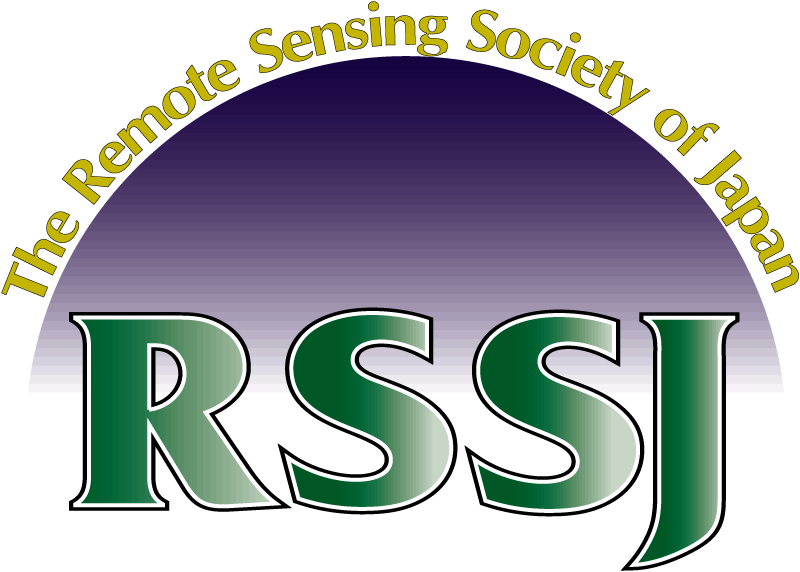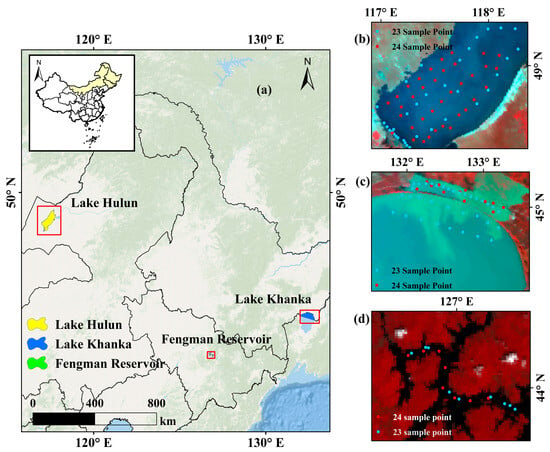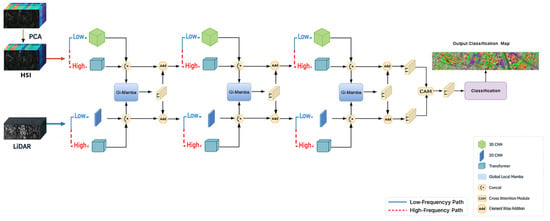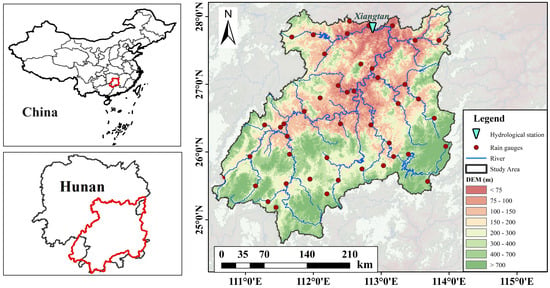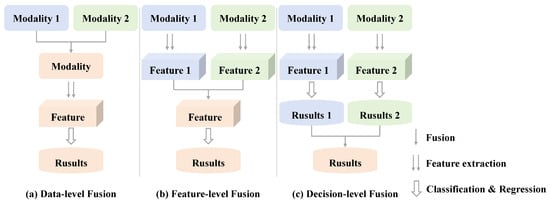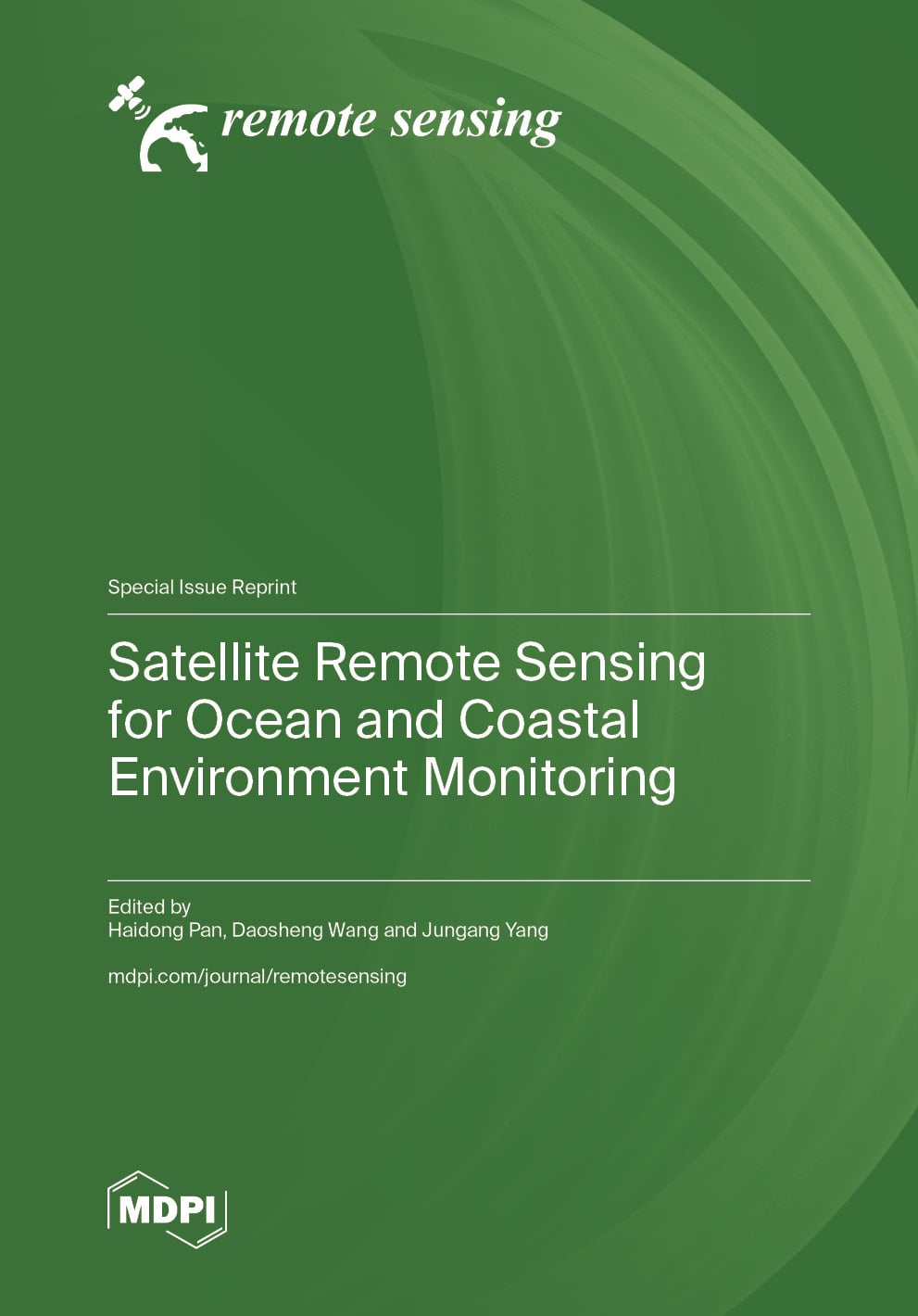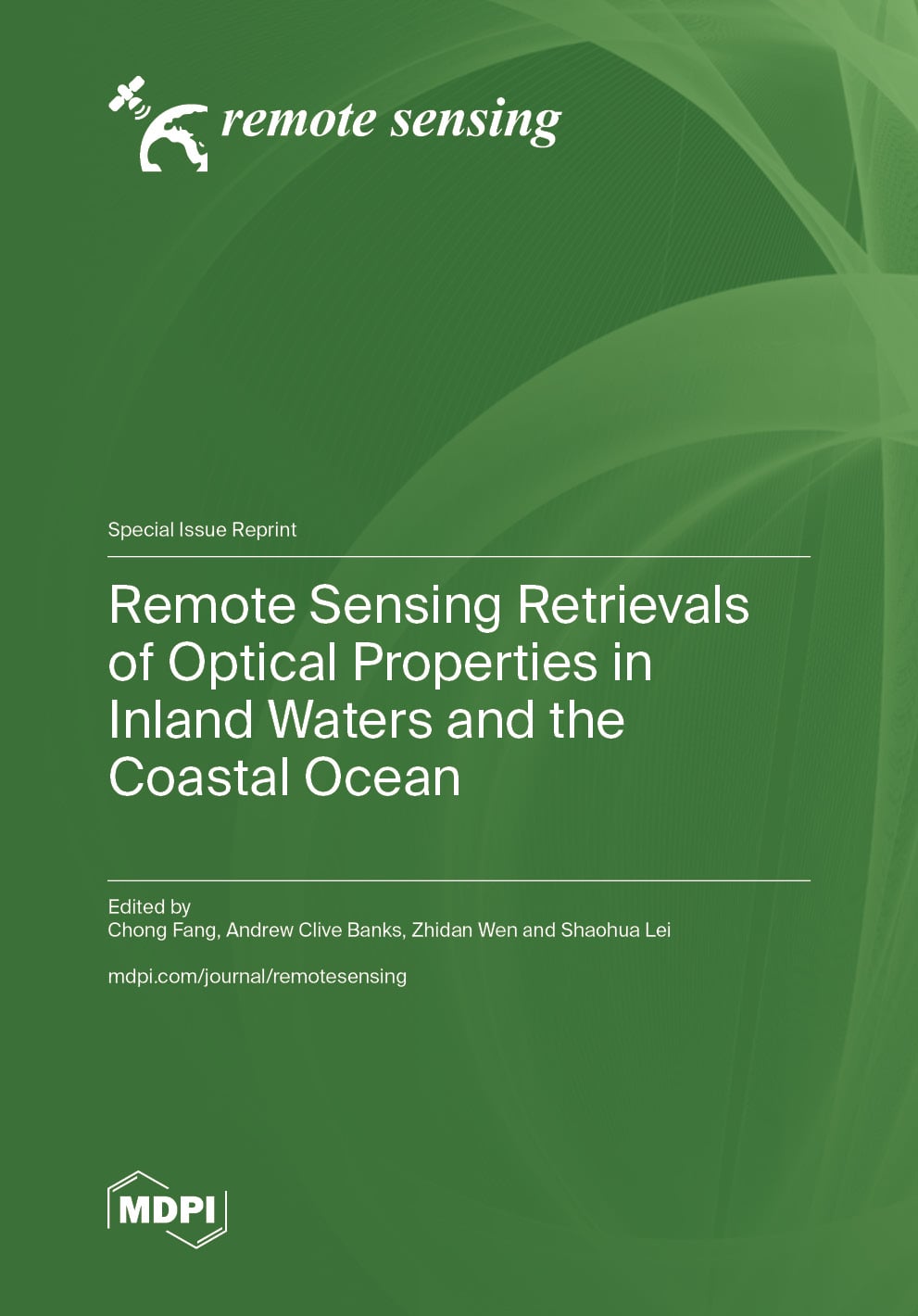- Article
Vertical Monitoring of Chlorophyll-a and Phycocyanin Concentrations High-Latitude Inland Lakes Using Sentinel-3 OLCI
- Jinpeng Shen,
- Zhidan Wen and
- Kaishan Song
- + 5 authors
Massive phytoplankton blooms threaten lake ecosystems, causing significant ecological and socio-economic damage. While remote sensing is vital for monitoring, the vertical stratification of algae influences light propagation and distorts remote sensing reflectance signals. This effect is particularly understudied in high-latitude lakes, leaving a gap in understanding phytoplankton biomass patterns. To address this, our study investigated three high-latitude water bodies: Lake Hulun, Fengman Reservoir, and Lake Khanka. We collected water samples from three depths based on total and euphotic zone depth and developed layer-specific inversion models for chlorophyll-a (Chal) and phycocyanin (PC) using a random forest algorithm. These models demonstrated strong performance and were applied to Sentinel-3 OLCI imagery from 2016–2024. Our results show that Chla generally decreases exponentially with depth, whereas PC exhibits a Gaussian-like vertical distribution with a pronounced subsurface maximum at approximately 1 m. In addition, a significant positive correlation between Chla and PC was observed in surface waters. In Lake Khanka, the northern basin exhibited a significant interannual increase in phytoplankton biomass. At 3 m, PC correlated negatively with turbidity and responded strongly to cyanobacterial blooms, while organic suspended matter correlated positively with Chla. This work establishes a robust framework for multilayer water quality monitoring in high-latitude lakes, providing critical insights for eutrophication management and cyanobacterial bloom early warning.
31 December 2025



